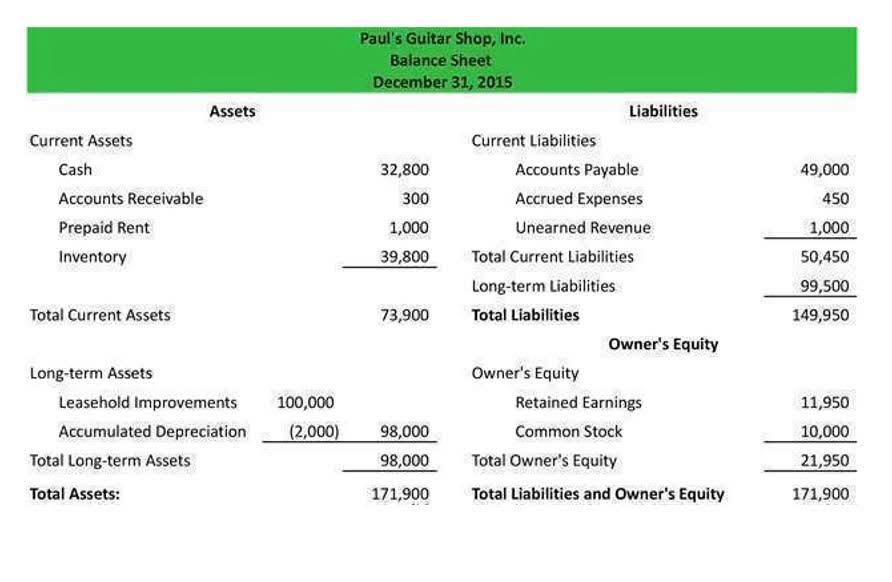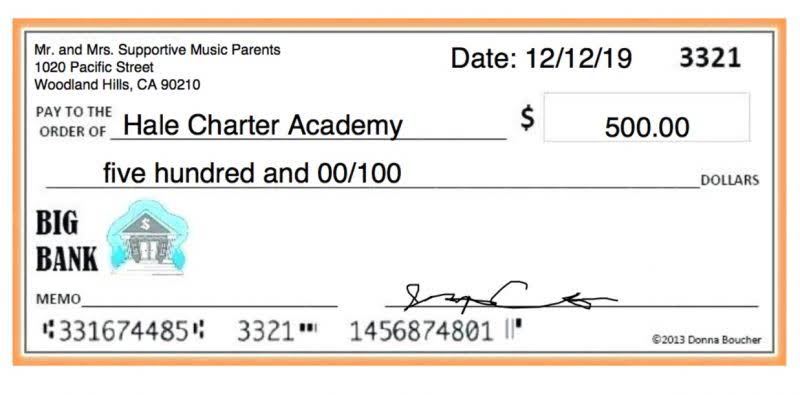
The general ledger serves as the eyes and ears of bookkeepers and accountants and shows all financial transactions within a business. Essentially, it is a huge compilation of all transactions recorded on a specific document or in accounting software. If at any point the sum of debits for all accounts does not equal the corresponding sum of credits for all accounts, an error has occurred. It follows that the sum of debits and the sum of the credits must be equal in value. Double-entry bookkeeping is not a guarantee that no errors have been made—for example, the wrong ledger account may have been debited or credited, or the entries completely reversed.

Great! The Financial Professional Will Get Back To You Soon.
For low-volume transaction situations, entries are made directly into the general ledger, so there are no subledgers and therefore no need for posting. When each entry is posted its ledger account the journal entry number is usually placed next to the entry in the T-account. This leaves and audit trail to follow back all of the entries in the ledgers back to the original entries in the journal. To post a journal entry, the first step is indeed to identify the ledger account where the debited account will appear. In the world of ERPs, posting has been automated and reduced to just a click of a button.
Post-Closing Trial Balance
From the perspective of closing the books, posting is one of the key procedural steps required before financial statements can be created. In this process, all adjusting entries to the various subledgers and general journal must be made, after which their contents are posted to the general ledger. It is customary at this point to set a lock-out flag in the accounting software, so that no additional changes to the subledgers and journals can be made for the accounting period being closed. Access to the subledgers and journals is then opened for the next accounting period. Accountants help businesses maintain accurate and timely records of their finances.
- The results of all financial transactions that occur during an accounting period are summarized in the balance sheet, income statement, and cash flow statement.
- For example, ABC International issues 20 invoices to its customers over a one-week period, for which the totals in the sales subledger are for sales of $300,000.
- This leaves and audit trail to follow back all of the entries in the ledgers back to the original entries in the journal.
- Essentially, cost accounting considers all of the costs related to producing a product.
- Postings can be made (1) at the time the transaction is journalized; (2) at the end of the day, week, or month; or (3) as each journal page is filled.
Step 3 of 3
- Such entries are usually made to adjust the income and expense accounts.
- While modern accounting software streamlines the process, the principles of double-entry bookkeeping remain essential.
- He is the sole author of all the materials on AccountingCoach.com.
- Upgrading to a paid membership gives you access to our extensive collection of plug-and-play Templates designed to power your performance—as well as CFI’s full course catalog and accredited Certification Programs.
- At the end of the accounting period, these items would be consolidated and posted into one line item in the general ledger.
The second step in the accounting cycle is journalizing, which involves recording all transactions in the general journal. Generally speaking, however, attention to detail is a key component in accountancy, since accountants must be able to diagnose and correct subtle errors or discrepancies in a company’s accounts. The ability to think logically is also essential, to help with problem-solving. Mathematical skills are helpful but are less important than in previous generations due to the wide availability of computers and calculators.

Get Your Questions Answered and Book a Free Call if Necessary
- The video provides a clear description of where in the accounting cycle posting occurs.
- The posting reference (PR), sometimes folio (F), column in the journal usually comes after the particulars or description column.
- An understanding of all phases of the accounting cycle is essential.
- After events are identified, they can be record in the general journal with a journal entry.
- The entries need to be classified systematically and accurately or it may not serve the purpose of the Ledger.
Cash now has a balance of $9,630 ($10,000 debit and 370 credit). Post all the other entries and we will be able to get the balances of all the accounts. A posting is normally carried out following the preparation of a journal entry from the underlying definition of posting in accounting transaction information, and is step three in the accounting cycle. For CPAs and finance experts, closing the accounting cycle is essential. For example, MicroTrain saw a 57.73% rise in Service Revenue and a 53.55% drop in Salaries Expense.
Do you already work with a financial advisor?
Using tools like QuickBooks helps avoid errors and meets high standards. Let’s say a company has $3,000 worth of rent expenses per month that needs to be posted for the annual general ledger. A subsidiary ledger would contain details of the rent expenses, including a line item per month debited in “Rent” and credited in “Accounts Payable”. Subledgers are only used when there is a large volume of transaction activity in a certain accounting area, such as inventory, accounts payable, or sales.
What is your current financial priority?
- Specialties include general financial planning, career development, lending, retirement, tax preparation, and credit.
- This upholds the integrity of financial transaction categorization.
- For some, such as publicly traded companies, audits are a legal requirement.
- The accounting process includes summarizing, analyzing, and reporting these transactions to oversight agencies, regulators, and tax collection entities.
- In this step of the accounting cycle an accountant takes total credits and debits recorded in categorized sub-ledgers and posts them into the general ledger to be used for official accounting statements.
This sounds like a lot of work, but it’s necessary to keep an accurate record of business events. You can think of this like categorizing events into specific and broader relevant groupings. For example, journals are transferred to subsidiary ledgers then transferred to the general ledger. If posting accidentally does not occur as part of the closing process, the totals in the general ledger will not be accurate, nor will the financial statements that are compiled from the general ledger.

Modern computerized accounting systems perform the posting process automatically as soon as an entry is made in the journal. Posting refers to the process of transferring an entry from a journal to a ledger account. In the ledger, two PR columns are found on each account – one after the particulars column of the debit side and one after that of the credit side. The source journal is placed in this field, e.g., GJ for general journal, SJ for sales journal, CRJ for cash receipts journal, etc.

PR is filled with the account number of the respective account found in the ledger. Posting reference is a field that facilitates cross-referencing or interlinking between the journal and the ledger in the posting process. Posting reference columns are present in both the journal and the ledger. The purpose of the accounting cycle is to ensure that businesses have accurate and up-to-date information about their financial performance. Larger companies often have much more complex solutions to integrate with their specific reporting needs.
